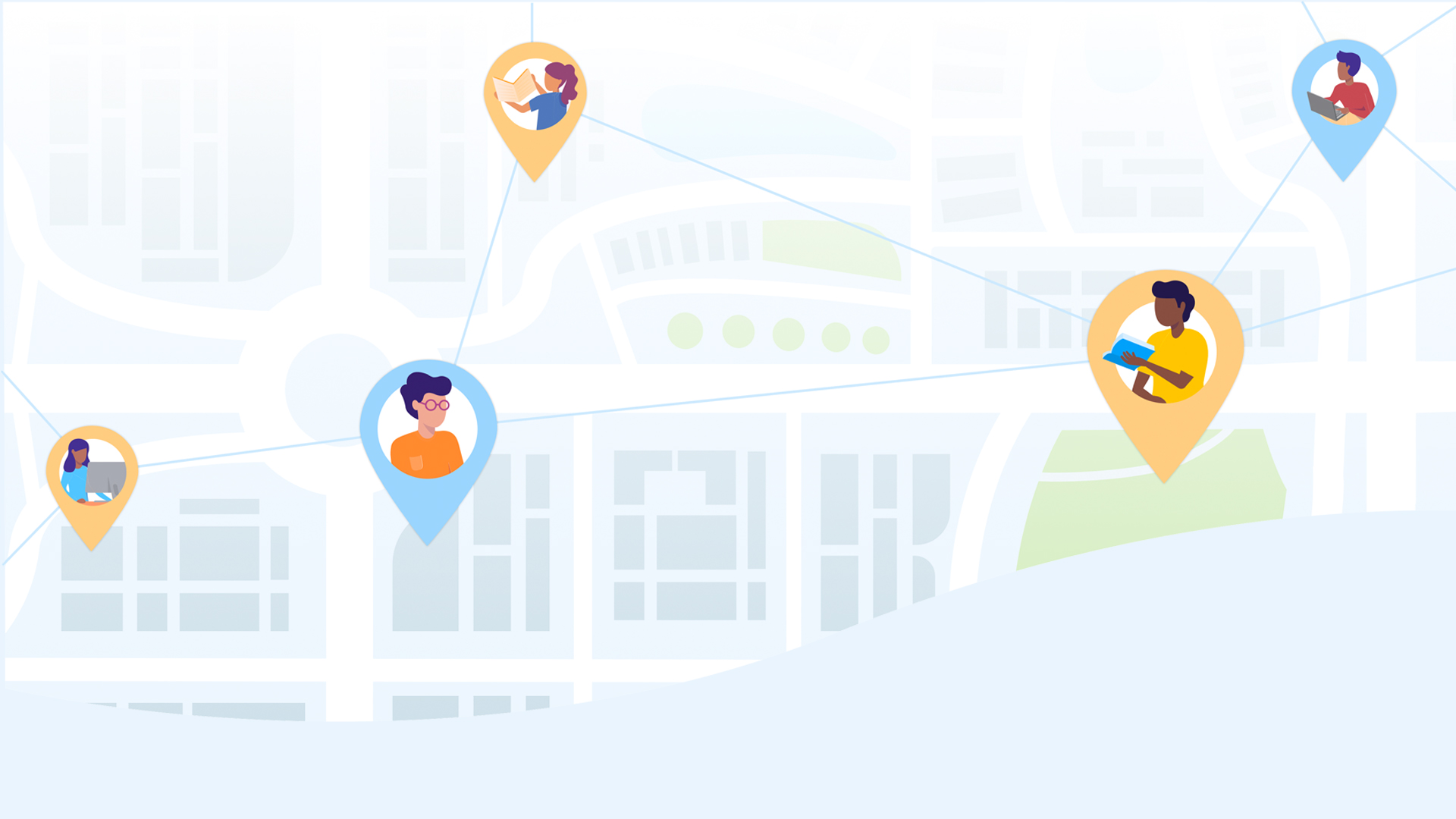Jen’s desire to become a doctor started in elementary school when, because her math and science marks were always high, her parents would say, “Jen’s so smart. She’s gonna be a doctor one day!” Her parents’ dream became her goal, and that propelled her through middle and high school and to her pre-med track as a first-generation student in college.
Orgo Struggles
Prior to her sophomore year, Jen had a 3.9 cumulative GPA. However, she finished this semester with a “C” grade in organic chemistry, prompting her to visit the professor to explain that this grade would derail her plans for medical school.
When asked by her professor why she didn’t visit the tutoring center for one-on-one help, Jen explained that because of her heavy course load and off-campus job, she simply couldn’t make it to the campus tutoring center. It was simply inconvenient.
What would have helped Jen access the assistance she so desperately needed?
Options
Giving students options fosters a positive learning environment. Using the powerful tool of choice, students become more involved and engaged. College students come to us from rigid K12 systems – think bell schedules, standardized testing regimens, and set curricula. Once in college, students seek their own purpose and motivation, which inherently goes hand-in-hand with volition. When we place too much emphasis on control and compliance, we put our students in a position where they must relinquish what little power they have before they comply.
Just as colleges in this post-COVID world are finding their balance with in-person, online, blended, and hybrid course options, so too must learning centers when determining how to assist students across the institution. Students need options, and students want options.
Students who have heavy course loads, work to pay for college, or live off campus need options that offer convenience. When it comes to tutoring, students are more likely to meet with a tutor during a time and at a location that meets their unique needs. For example, if a student takes classes all day and works in the evenings, they may only be able to meet with a tutor in the library or at the student union after the learning center has closed for the day.
Moreover, if students' sense of belonging is related to their cognition, affect, and behaviors, then we must support their need to think, feel, and act as though they belong. If we give students the choice with regard to when and where they can meet their peer tutor, they are more likely to both book and keep the appointment. And that is what will support their goals and drive them toward earning their degree.
How Knack Can Help
Knack provides students with options, while also prioritizing the safety and security of students. Peer tutors and their tutees work together to determine whether they will meet on the Knack platform or in person. If they choose the in-person option, they can select one of the “suggested locations” as set by the institution. If they choose another space, they submit the meeting address to the Knack platform to coordinate their meet-up and notify both Knack and the institution where they are meeting.
Approximately 54% of Knack sessions take place online through our virtual classroom, while the remaining 46% take place in person at a location chosen by the tutor and tutee. On average, about 71% of in-person Knack tutoring sessions are held in locations suggested by the institutions. If they agree to meet elsewhere on campus, Knack tutors are provided with guidelines pertaining to appropriate places to meet with their tutees; additionally, the Knack team monitors those locations to ensure the students are in trustworthy, comfortable spaces.
To learn more about how you can offer your students supplemental tutoring services with meeting location options, schedule a conversation with one of our peer tutoring experts today.
